Cape Town to Cairo & v/v 17 Weeks - Itinerary
On this trip we are schedule to visit or pass through 15 countries
South Africa, Lesotho, Eswatini, Mozambique, Botswana, Zimbabwe, Zambia, Malawi, Tanzania, Kenya, Uganda, Ethiopia, Djibouti, Sudan, Egypt
What's it like?
As we will be camping and travelling for an extended period of time, you must be prepared for an adventurous challenge. It can be hot and dusty, and will sometimes be out of contact from the rest of the world. This means no telephones, shops or any other mod cons. We need you to participate and work with all members of the expedition. For the Trans we use sturdy purpose-built vehicles for these rugged off-road conditions.
Cape Town
It's a beautiful city, nestled at the foot of Table Mountain; plenty of cafes, pubs, clubs, markets and sights. You can climb the mountain or take the cable car to the top for some wonderful views of the city and the Cape Peninsula and visit Robben Island
WEEK 1: Cape Town to Little Karoo & Addo National Park
To the Cape of Good Hope, and the Cape peninsula. Walk up to the upper lighthouse, or ride on the Flying Dutchman Funicular for some spectacular views. On to Hermanus; now Gansbaai, for whale watching, shark cave diving and Dyer Island Nature Reserve. Cape Agulhas the most southern tip of Africa – the dividing line between the warm Indian Ocean and the cool Atlantic.
Between August to December Southern Right and Humpback Whales can be seen off the southern coast. From Cape Agulhas we pass through the Outeniqua Mountains to the Little Karoo – we will visit an Ostrich farm to see the worlds largest bird. We explore the Cango network of calcite caves
South Africa’s Garden Route – through Knysna, on its lagoon and Tsitsikamma Forest; where you will be able to hike along the coast and view the crashing waves at the mouth of the scenic Storms River to see dolphins and whales in the ocean. Optional excursions in this region include mountain biking, black water tubing, and bungee jumps at Bloakrans Bridge – the highest jump in the world at 216 metres. Along the coast to Addo Elephant National Park – home to the BIG 7 – lion, rhino, elephant, leopard, buffalo, whale and shark.
WEEK 2: The Free State, Lesotho and Eswatini
On to the rugged and remote Wild Coast and the seaside village of Cintsa, on the Cintsa River. A free day on sandy beaches, canoe the river, hike, or horse ride.
Lesotho is a mountain kingdom surrounded by South Africa. Tremendous scenery and the mountain air crisp and fresh.. We stay at Malealea Lodge, a countryside retreat, high in the mountains. With waterfalls, rock pools ideal for swimming, and peaceful hikes in the surrounding hills and pony trekking. We drive through the lowlands of Lesotho and visit Thabo Bosiu or Mt. Moorosi; a mountain stronghold, which was the home of Chief Moshoeshoe, the founder of the Basotho nation. On to Lesotho’s tiny capital Maseru, and South Africa.
The Royal Natal National Park on the edge of the Drakensburg Mountains has an impressive natural Amphitheatre of massive rock walls. The Tugela River plunges spectacularly over the edge of the Amphitheatre wall, dropping around 800m through a series of five falls.
We cross from Lesotho to South Africa and on to Swaziland, now Eswatini a traditional country, with one of the last African monarchies. Magnificent highveld scenery, with rolling uplands with impressive valleys and gorges. Great hiking is available through the wilderness.
WEEK 3: Eswatini, Mozambique, South Africa to Chobe, Botswana
From Eswatini you can visit Maputo, Mozambique which is just a few hours away.
We re-enter South Africa and head west through the Afrikaaner farming heartland, and on to Johannesburg for a visit. From Johannesburg we drive north west to Botswana on the Trans Kalahari highway towards Chobe on the Zambezi River
We spend a night by the banks of the Chobe River, in Kasane. Here hippo, buffalo and crocodiles share the river bank and occasionally pay us a visit through the night. Here you can take a sunset cruise on the river or take an afternoon game drive through the park, and see some of Africa's largest elephants and big cats.
Week 4-5: Zimbabwe, Zambia, Malawi
Entering Zambia, we reach the Victoria Falls, where the Zambezi River plunges 100 metres down a mile wide chasm, creating one of the most incredible natural wonders of the world. The local name for the Falls is 'Mosi-oa-Tunya' which means 'the smoke that thunders' and you'll soon find out why. When the river is in full flow, the falling water causes a huge roar and sends a cloud of spray up to 500 metres into the air.
We stay near Livingstone beside the Zambezi and above Victoria Falls, for a few days, as there is so much to see and do. Adventure activities abound - you can bungee jump, white water raft, take a Microlite flight above the falls, sky-dive and go game-viewing on horseback. More sedate excursions include canoeing, light aircraft or helicopter flights over the falls, and the sunset cruise on the Zambezi. Of course, the falls themselves are the main attraction and you can walk through the rain forest along the cliff opposite for an excellent view.
South Luangwa National Park
Along the Great East Road to Chipata, a full day’s drive and South Luangwa National Park on the Luangwa River is well worth the visit. Recent trips have seen:- elephants, giraffe, wild dogs, leopards, lions, and buffalo. We camp just beside the park and we game drive into the park.
Lake Malawi
Crossing the border into Malawi, we soon reach the shores of its huge lake. The campsites and small resorts along Lake Malawi offer sandy beaches, swimming and snorkeling, water skiing and walking in the surrounding countryside. You will also find markets selling beautifully carved Malawi chairs, tables and other souvenirs.
Week 6-8: Tanzania, Kenya - Nairobi
Heading north through Tanzania, our route takes us through Mikumi National Park where we may well see giraffe or pygmy elephants grazing along the roadside. At Dar es Salaam on the Indian Ocean coast, we can cross to Zanzibar Island. Here is the old stone capital of the Omani Sultanate and away from the town are stunning beaches, and World Heritage Listed buildings, forests and ruins. You can take a spice tour of the island, go diving, swimming with dolphins or visit remote islands by the traditional dhow boats.
Heading inland we pass Africa's highest peak - Mt Kilimanjaro, at the base of the mountain you can walk to waterfalls and markets. Or if you’re feeling energetic climb the mountain.
From Arusha we hire Landrovers to visit the Ngorongoro Crater & Serengeti National Park, which has the heaviest concentration of plains game found all over East Africa.
Kenya
From Tanzania we cross in Kenya the Athi Plains, passing gazelle, giraffe and troops of baboons on our way to Nairobi.
Week 9: A week’s break in Nairobi – you can take the train to the coast
Take a fast daytime SGR – standard-gauge railway newly built, by Chinese, from Nairobi to Mombasa. Leave 8am, arrive 500 km in Mombasa in 5 hours by the Indian Ocean. Look out for big game while you ride the rails through Kapiti plains and Tsavo National Park. Find out more about this side trip – railway journey with The Man in seat 61
On Mombasa Island is the Old Town and Fort Jesus overlooking the harbour inlet. It was built by the Portuguese who were the first Europeans to invade the lands surrounding the Indian Ocean in the late 16th century. Mombasa changed hands a number of times, originally base for the Portuguese, Arabs and British who came to East African for spice, ivory and slaves. North and south of are beaches with low key resorts - a perfect hangout for a few days.
On the Indian Ocean Coast of Africa. It dates back to 18th century, when the Portuguese and the Arabs came to the East African Indian ocean shore for the spice and slave trade.
Week 10-11: Kenya, Uganda
Leaving Nairobi we pass the dramatic landscape of the Rift Valley to the highlands of Kenya.
Uganda
Crossing the border at Malaba we drive through rain forests and tea and sugar plantations to Uganda's capital, Kampala. Crossing the equator we camp on the shores of Lake Bunyonyi, the deepest crater lake in Uganda. We climb through lush terraced hills to Kisoro, from here we trek the famed Mountain Gorillas or you could visit Mgahinga National Park for a day hike up a volcano or a guided nature trail. We meander back to Lake Bunyonyi to relax, canoe, mountain bike and swim.
In the modern bustling city of Kampala you may wish to visit the National Museum, the Kasubi Tombs of the Buganda people. Crossing the Owen Falls Dam we arrive at Jinja on the shores of Lake Victoria. Spend an action-filled day white water rafting down the Nile, bungee jump, fish on Lake Victoria, take a guided village walk; or give up a day of your holiday to volunteer for the local community education project.
Kenya
Returning to Kenya and Nakuru Town, the capital of the Rift Valley Province. You can visit Lake Nakuru, viewing game in a park famous for its soda lake surrounded by thousands, sometimes millions of pink flamingoes. We move on to camp on the shores of Lake Naivasha where hippos come to graze in the evenings. Close by is Hell's Gate National Park and Elsamere, once the home of Joy Adamson and Elsa the lion of 'Born Free' fame. From here we return to Nairobi with the chance to feast at the renowned Carnivores Game Restaurant.
Week 12: Kenya
We visit the base of Mount Kenya and continue north through the Northern Frontier District of Kenya, a restricted area; semi-arid with a spectacular diversity of people, wild game on the road side and a warm dry climate
Week 13-14: Ethiopia
We enter Ethiopia at Moyale cross border town to the Oromia Region, and the home of the Oromo tribe or nation. The Oromo people number at around 35 million; more than many modern states.
In the south of the country we pass Mega town, then at Yebelo we leave the highway to take a little used road, deep into the ‘Southern Nations, Nationalities, and Peoples' Region’ of Ethiopia. Where some ten million people live in over 40 very different ethnic groups; most in a traditional lifestyle. We spend a few days in the area; passing the towns of Konso, to Turmi and Omarate, to head north to Jinka. You can take a local guide to visit, on a mutually understandable footing, the traditional cultural villages and homes of the local people. The local people you will find here include the Hamer, Mursi, Dassenech, Benna, Aari and Karo.
Addis Ababa
We climb the mountains into the highlands and follow the Rift Valley Lakes to the capital of Addis Ababa.
Addis Markets
Visit the massive open air market of El Mercato, it’s a local produce market displaying foods and locally made goods from all over the country.
Visit Djibouti by train
While in Addis take in another country on a side trip by train to Djibouti. A rail journey on the new train from the Ethiopian capital to the Djibouti and coast through the desert to the Red Sea
Bahir Dar Island Monasteries, Lake Tana, Blue Nile Falls
Take boats to visit Bahir Dar Monasteries on islands on Lake Tana the source of the Blue Nile, with hippos and crocs at the outflow of the river. Tissisat Falls is the source of the Blue Nile. We visit Gondar; a city of castles and churches. You can take a Landrover to visit the Simien Mountains where you can horse trek and see grazing Gelada Baboons.
Week 15: Sudan
We enter Sudan following the Blue Nile to Gedaref then Khartoum where the Blue & White Nile join. Watch dervish dancing, or even join in the Nubian wrestling - safer just to watch. We visit the Pharonic Pyramids of Meroe in an un-spoilt seldom visited desert. We drive across the Bauda Desert sands through friendly villages on the Nile. From Wadi Halfa we take a ferry across Lake Nasser to Aswan in Egypt.
Week 16-17: Egypt - Cairo - Pyramids & Sphinx
In Aswan we visit the High Dam & Philae Island Temple. In Luxor, we visit Karnack Temple the Colossi of Memnon and the Valley of the Kings, with Tutankhamen's Tomb. We do a big day trip to the monuments on friendly happy donkeys. They tend to walk off home alone after we arrive at the Valley of the Kings, leaving us free to do the rest of the day in a bus. From Luxor we take the road east to the Red Sea coast
The Red Sea Riviera has a warm sea, with miles of beaches, coral reefs and historical sites. We stop at one of the resort towns on the way of Safaga or Hurgada. Here you can take a boat to one of the sandy off shore islands, to snorkel above the coral reefs.
Deep in the Red Sea Mountains Eastern Desert is the Monastery of Saint Anthony, a Coptic Orthodox oasis monastery it’s one of the oldest monasteries in the world.
We pass the town of Suez, the beginning of the canal of the same name. Watching top of the ships cross the desert sand while the hull of the ship is deep in the canal is quite a sight.
To Cairo, where we spent a few days to look at the; markets, the best mosques in the Middle East, a fortress citadel, the great pyramids in Giza, and the immense collections of the Cairo Museum.
Cairo is the end of our trip.
Of all the trips we run this is the most likely to have a change of route due to local conditions and visa requirements.
Africa is an unpredictable continent. We do not have a fixed itinerary so please treat the information given as a guideline only. Although our information is written in good faith at the time of printing, our route may vary at any time due to weather, politics or road conditions.
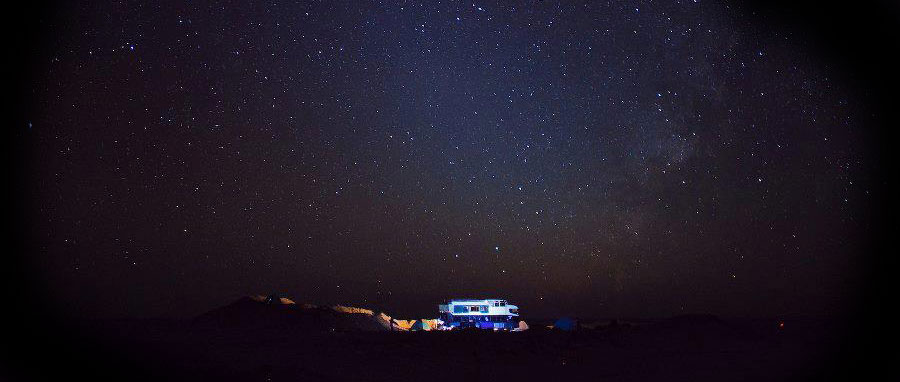
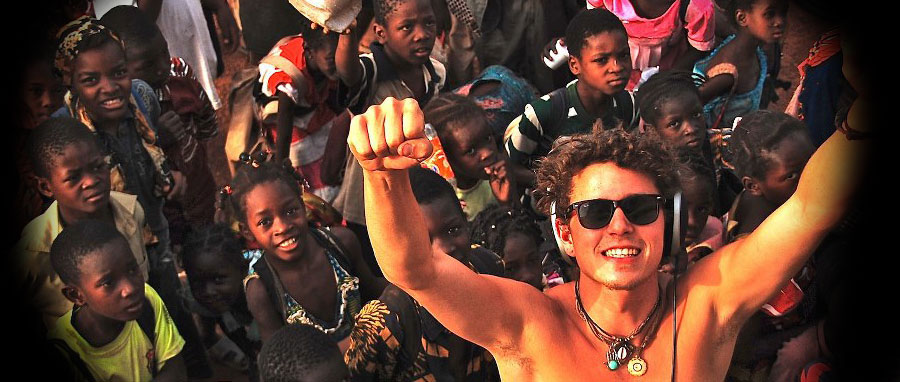
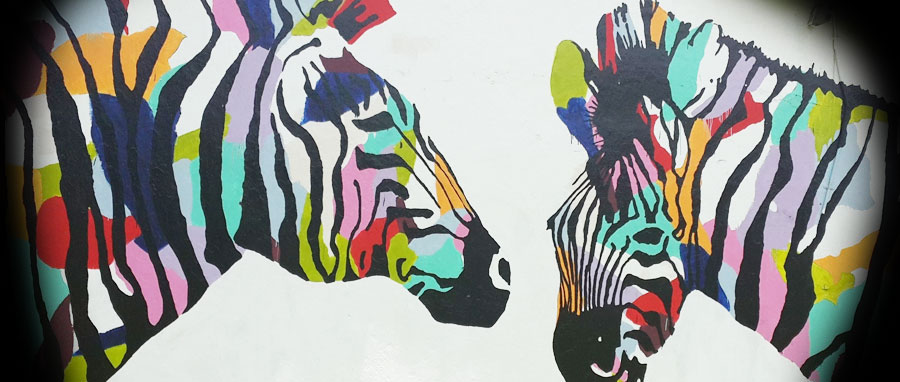
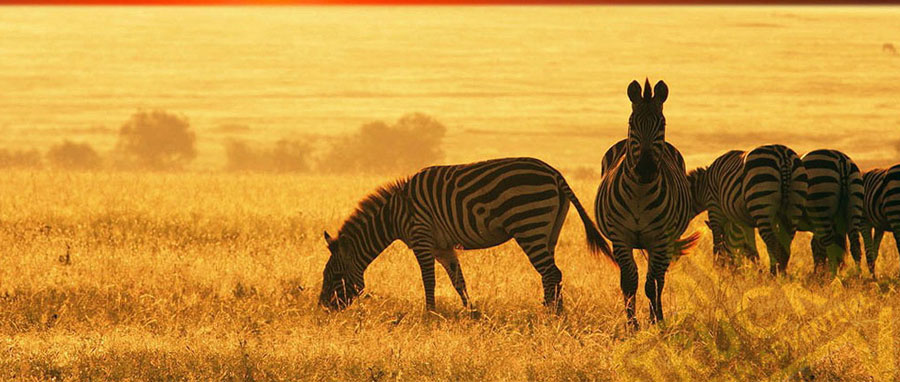
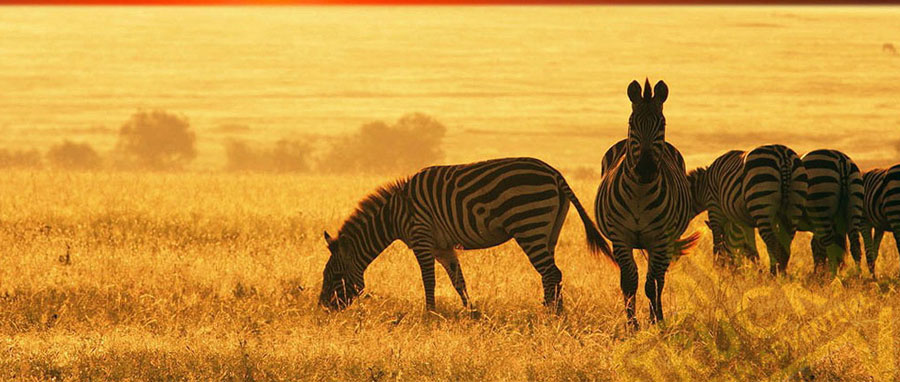
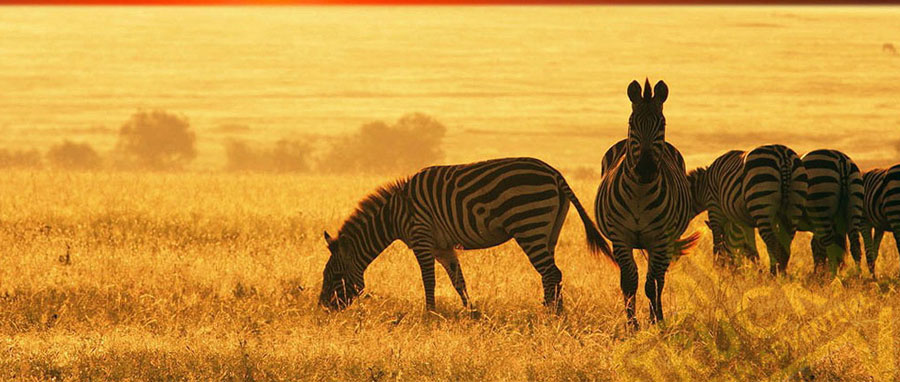
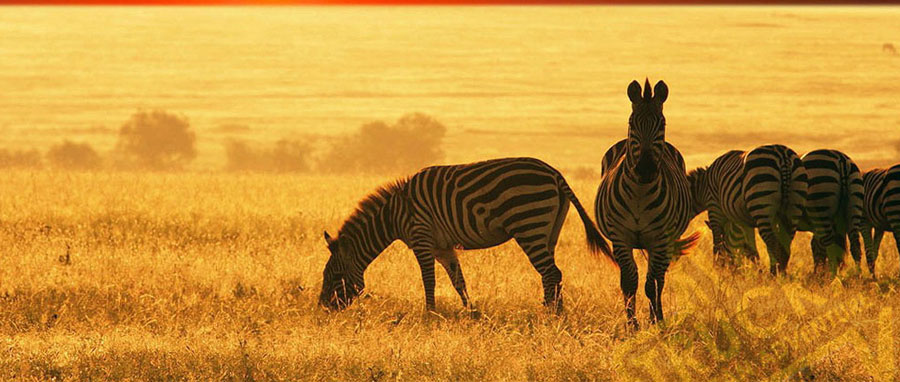
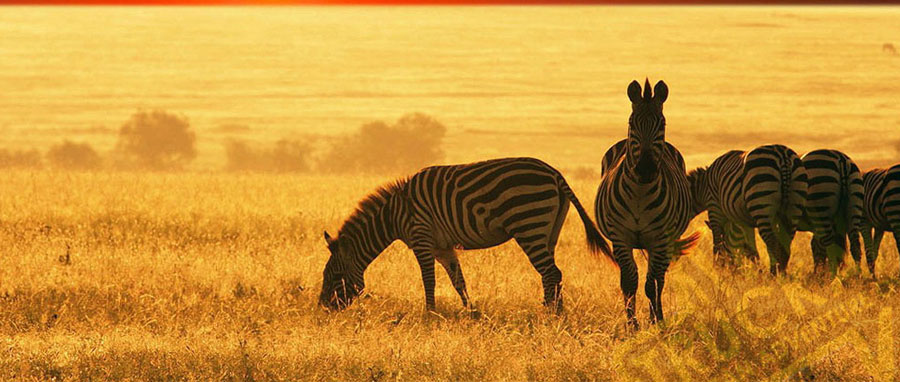
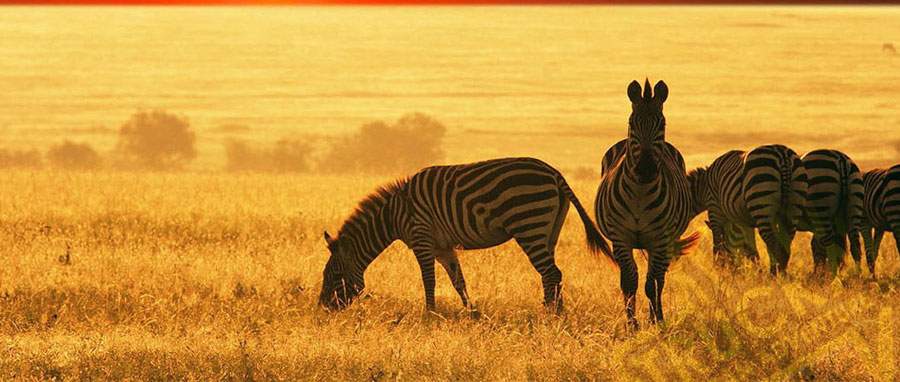



_adaptiveResize_624_288.JPG)
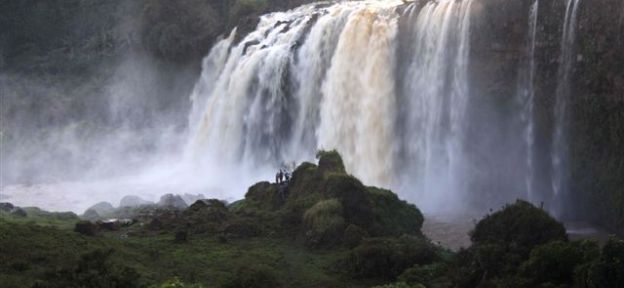
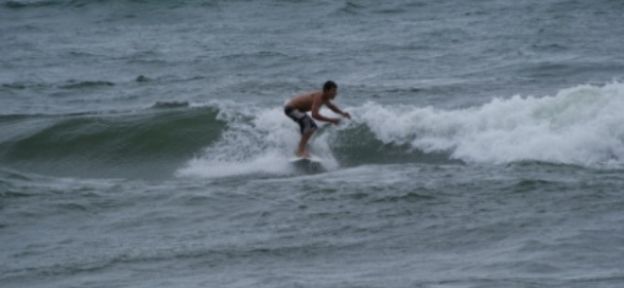
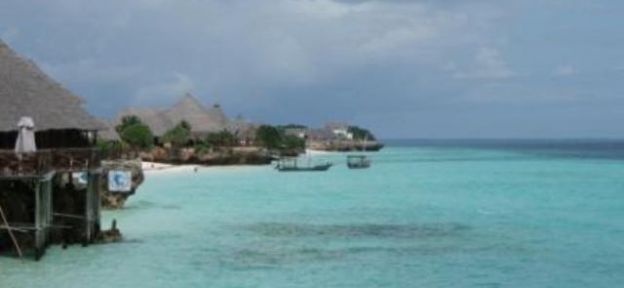
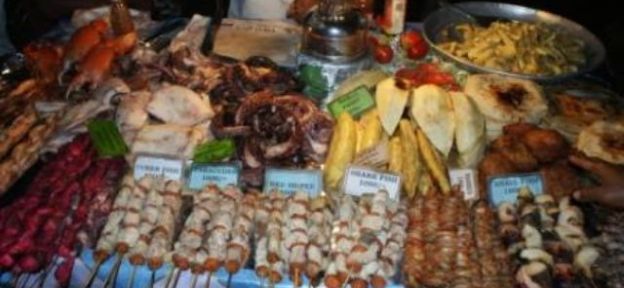
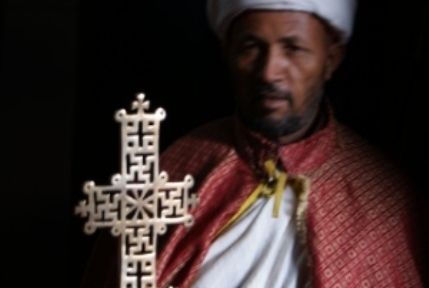
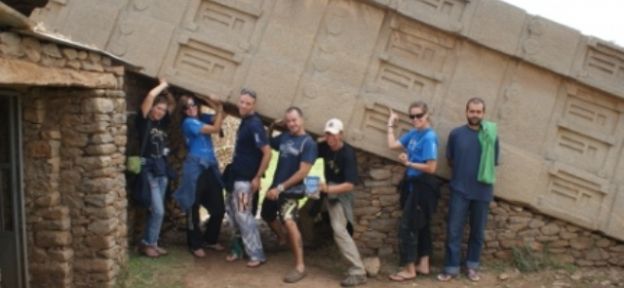
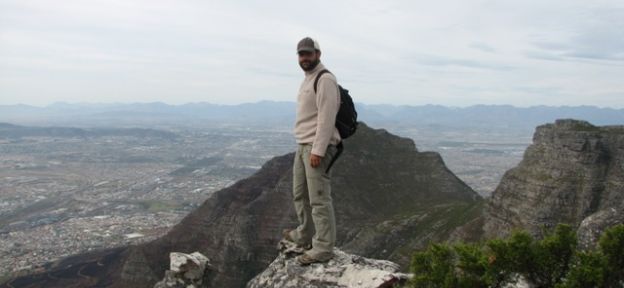
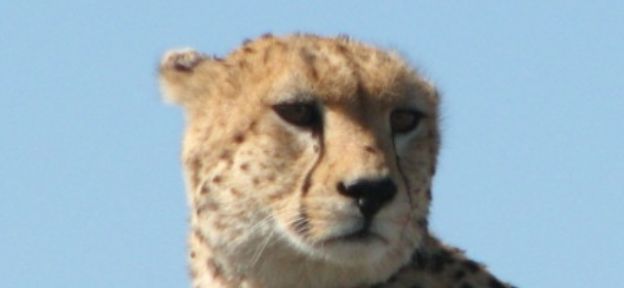
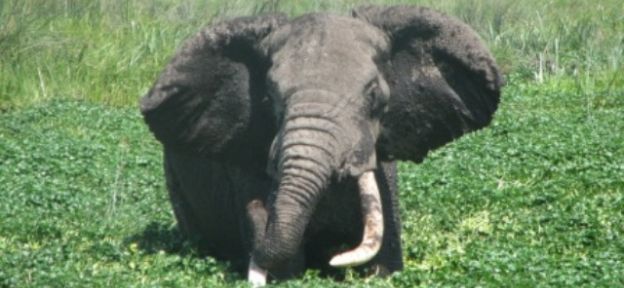
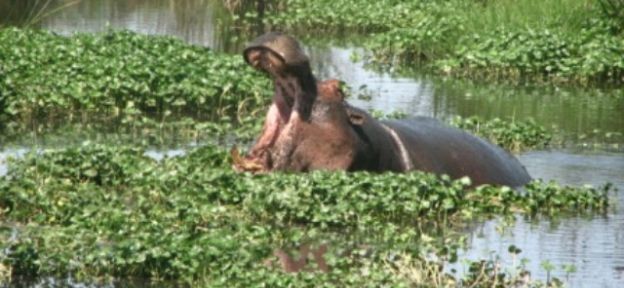
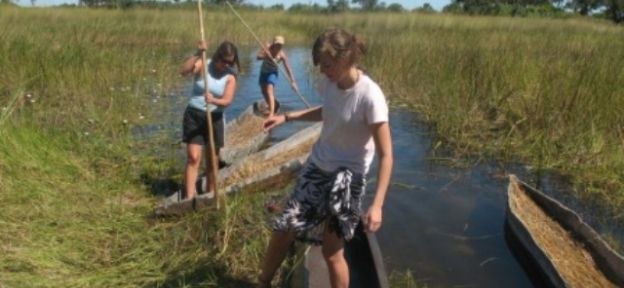
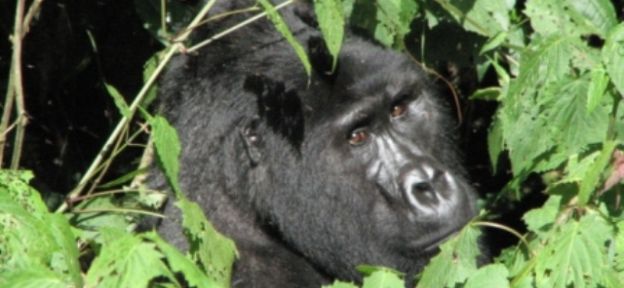
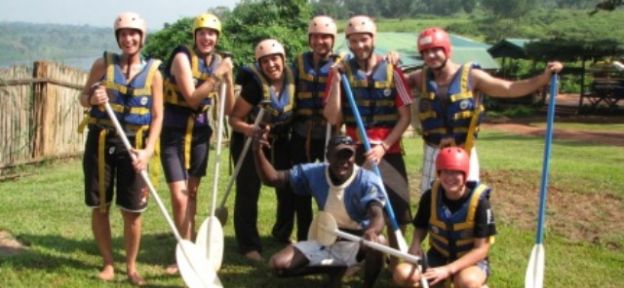
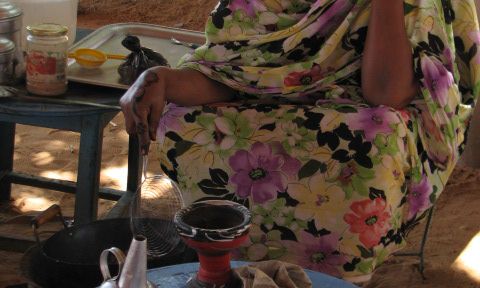
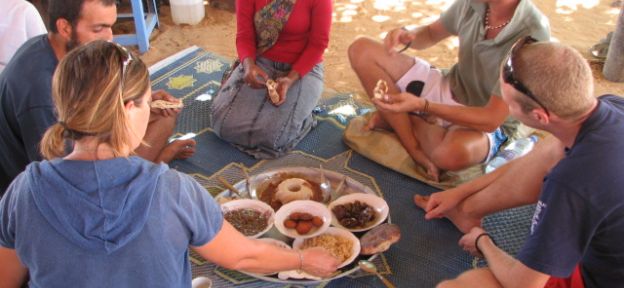


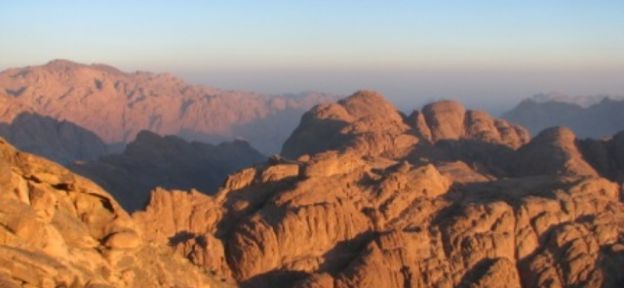
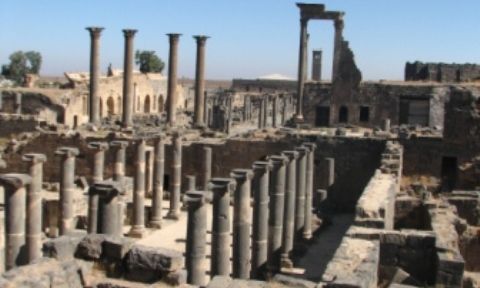
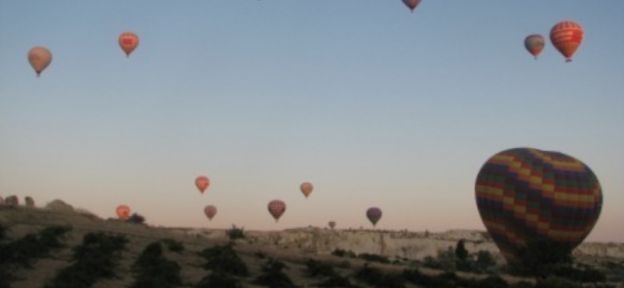
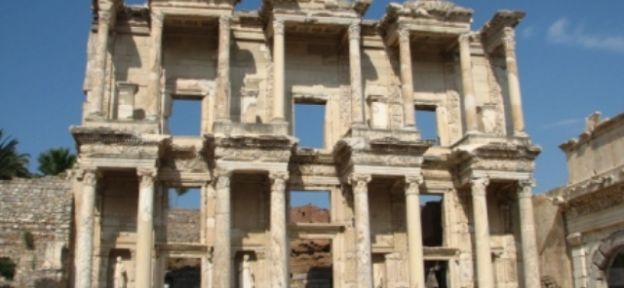
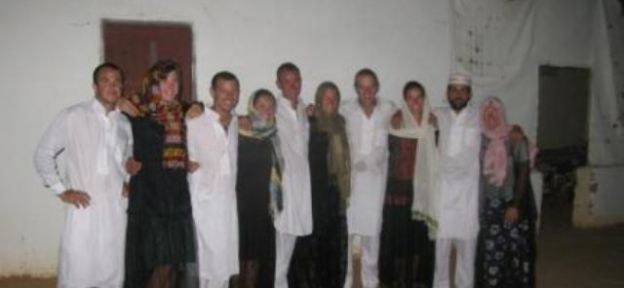
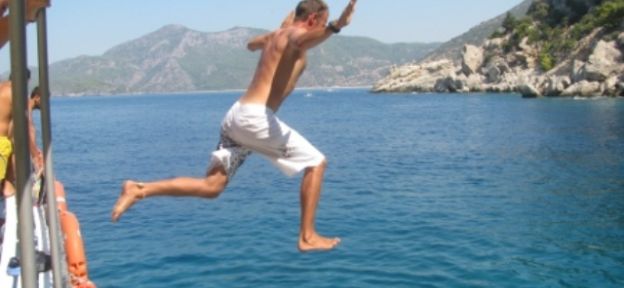
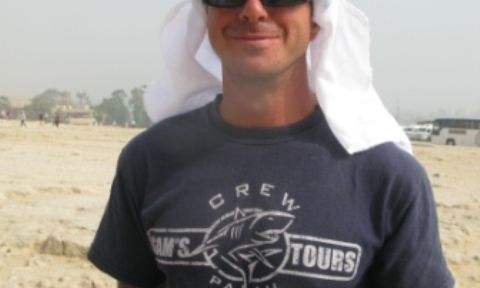
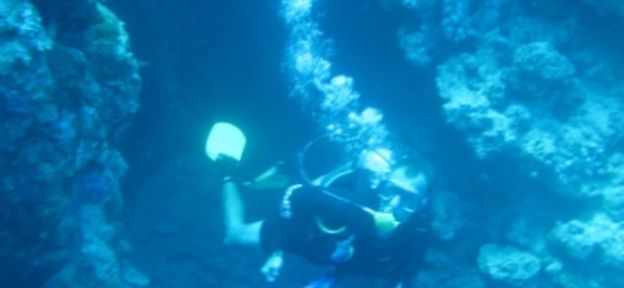
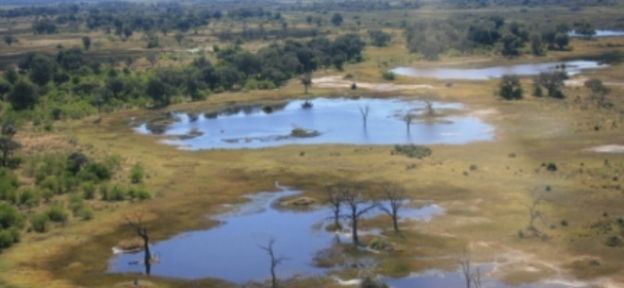
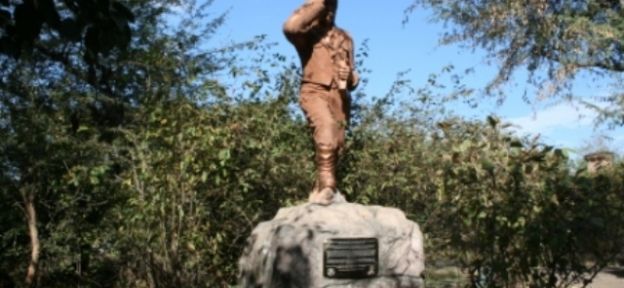
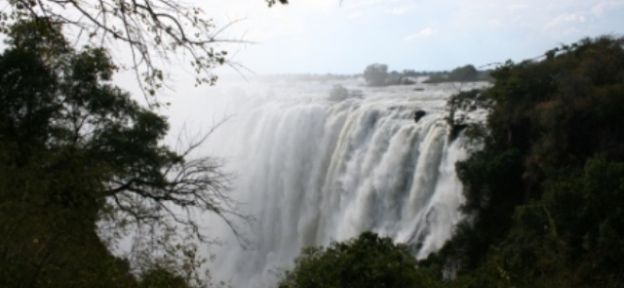
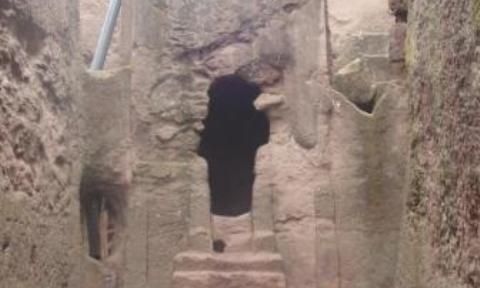
_adaptiveResize_624_288.JPG)
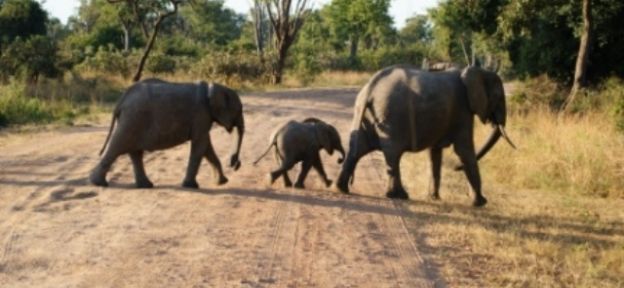
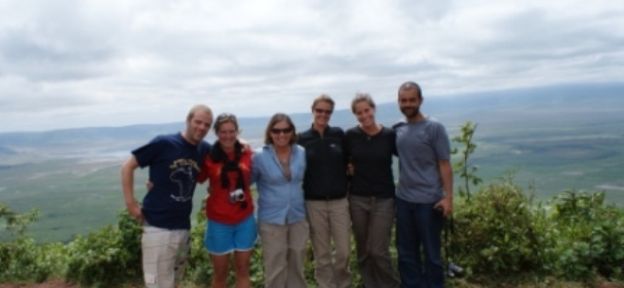
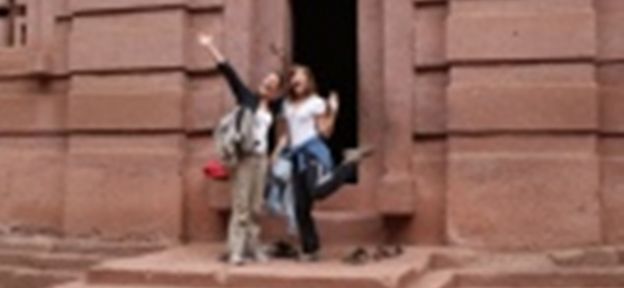
 Print this Page
Print this Page